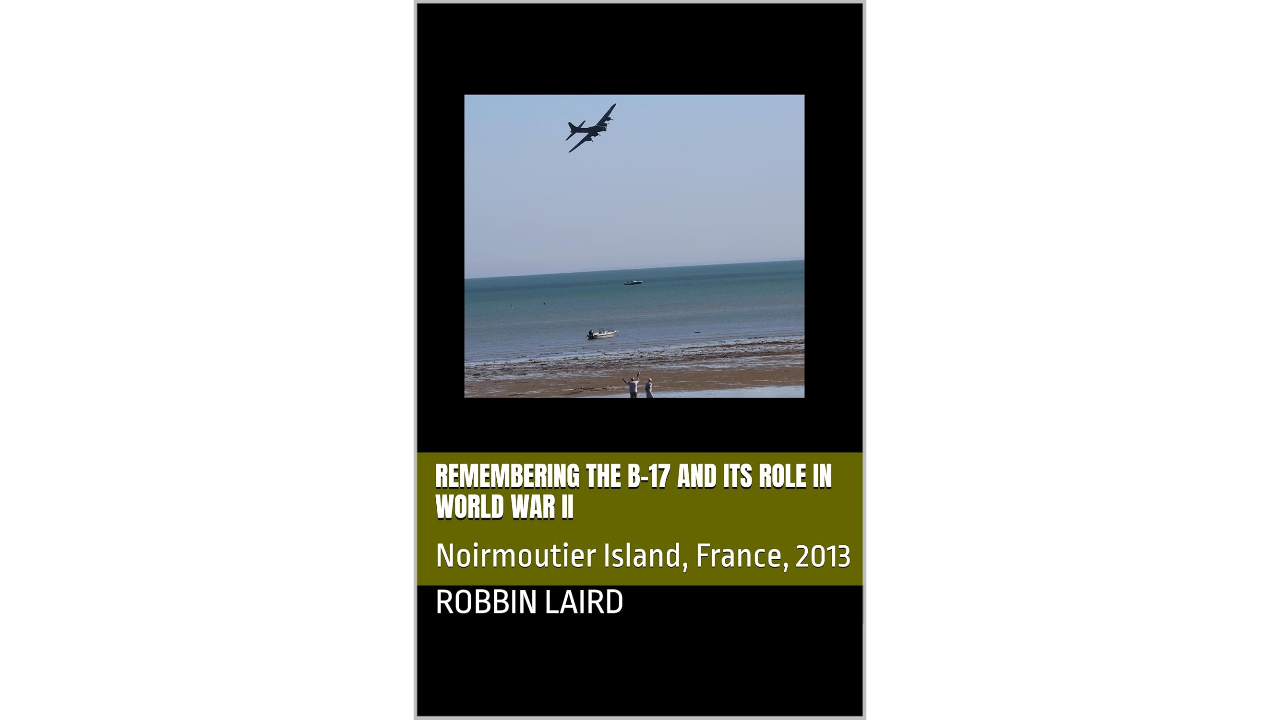The Defense.info team offers a range of insightful podcasts, designed to provide a scaffolded perspective on critical global strategic issues. Each episode unpacks layered insights on defense and security, building a clearer, well-supported understanding of complex topics. Exclusively available on our website, these podcasts give listeners an essential framework to interpret the latest developments with context and depth. Many of these podcasts highlight our longer reports or publications and provide a discussion of their findings and perspectives.

Noirmoutier Island, France, 2013.
Seventy years after a B-17 Flying Fortress crashed into Nazi-occupied territory, French villagers gathered to honor the American airmen who never made it home.
This is more than a story about an airplane. It’s about courage measured in aluminum and blood, about young Americans who climbed into flying fortresses knowing the odds, and about French civilians who risked everything to help fallen airmen under the Nazi boot.
The crash was just the beginning.
When that B-17 went down over France in 1943, it became part of a larger story—one of resistance, sacrifice, and an unbreakable bond between nations. The crew’s training, their desperate final mission, and the French response to their plight illuminate both the human cost of war and the enduring power of remembrance.
But this book reaches beyond the past. Drawing lessons from the B-17 era, it reveals timeless truths about airpower, military procurement, and the challenges of maintaining readiness in an uncertain world. The same questions that haunted Pentagon planners in 1943—How do you build the right aircraft? How do you train crews fast enough? How do you balance cost with capability?—echo in today’s defense debates.
What makes this story endure?
- The strategic genius and devastating cost of daylight bombing campaigns
- Personal accounts of airmen who flew into hell and the French who sheltered them
- How a 1943 crash created bonds that lasted seven decades
- Lessons for modern military leaders struggling with technology and readiness
- The Franco-American relationship forged in crisis and sustained through remembrance
From training fields in America to flak-filled skies over Europe to a solemn ceremony on a French island, this is the story of how war creates both tragedy and brotherhood—and why some debts of honor can never be fully repaid.
A tribute to the Flying Fortress, the men who flew her, and the allies who never forgot their sacrifice.
This podcast was produced using NotebookLM.
Ambassador Kenneth Moorefield’s offers a first-person account of his experiences during the Vietnam War as both a soldier and a diplomat, culminating in his evacuation from the Saigon Embassy in 1975.
The article then describes his post-war efforts to aid Vietnamese refugees and American veterans, followed by his return to Vietnam in 1995 to establish diplomatic and economic ties.
This podcast was produced by NotebookLM.
This book focuses on the Biden Administration approach to dealing with global change. As in our earlier book entitled The Obama Administration Confronts Global Change, this book addresses how President Biden and his Administration came to terms with a world in significant change, one indeed which was entering a new historical era.
In this volume we have included essays which we have published on Second Line of Defense or Defense.info from 2021 through 2024. We looked at the various aspects of Biden Administration policy dealing with a world in change.
When Biden came to office, in many ways his approach was simply that “America is back.” Whereas Trump had crystallized his approach as making America great again, Biden was bringing America back.
The phrase itself is quite revealing. Associated with this was the assumption that they were replacing an administration with strong isolationist learnings and America was now back leading its global allies.
In his speech at the State Department on February 4, 2021, President Biden delivered his assessment of America’s role in the world and how his administration was going to “bring America back.”
“As I said in my inaugural address, we will repair our alliances and engage with the world once again, not to meet yesterday’s challenges, but today’s and tomorrow’s. American leadership must meet this new moment of advancing authoritarianism, including the growing ambitions of China to rival the United States and the determination of Russia to damage and disrupt our democracy.”
Did Biden and his Administration in fact do that?
This book analyzes the Biden administration’s approach to global affairs, examining its security agenda, relationships with allies and adversaries, and responses to international crises.
The book examines the withdrawal from Afghanistan, the handling of the Ukraine situation leading up to and following Russia’s invasion, and the challenges posed by rising authoritarian powers like China and Russia.
The book explores issues such as defense spending, economic competition, and shifting dynamics in regions like the Middle East and Central Asia, assessing the efficacy and long-term consequences of American foreign policy decisions.
The book also includes perspectives on domestic factors influencing America’s global standing and potential future trajectories.



